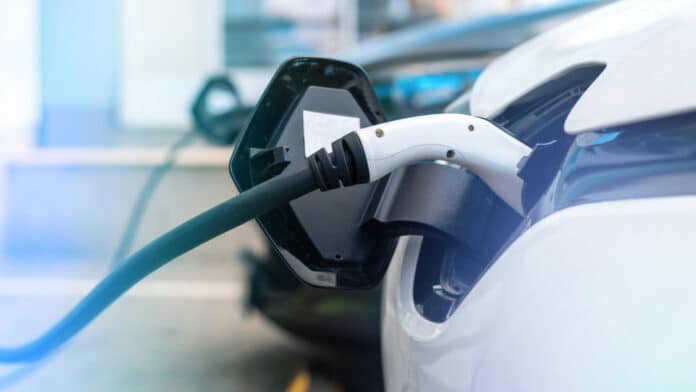The development of next-generation battery technologies is crucial for the world to achieve its net-zero targets.
With this in mind, researchers from the Harvard John A. Paulson School of Engineering and Applied Sciences have developed a new lithium metal battery that can be charged and discharged at least 6,000 times – more than any other pouch battery cell. Also, the battery can be recharged in a matter of minutes, opening doors for rapid charging capabilities.
This breakthrough presents a novel method to create solid-state batteries with a lithium metal anode and reveals new insights into the materials used for these potentially transformative batteries. This development could lead to more widespread adoption of greener forms of energy in the future.
The team’s work paves the way for advancing the development of solid-state batteries, which are promising candidates for the next generation of energy storage devices. One of the biggest challenges in designing these batteries is dealing with dendrites that form on the surface of the anode. These structures grow like roots into the electrolyte and breach the barrier between the anode and cathode, causing the battery to short or even catch fire.
Dendrites form when lithium ions move from the cathode to the anode during charging and attach to the anode surface in a process known as plating. This creates an uneven, non-homogeneous surface and allows dendrites to take root. When the battery is discharged, the plating layer needs to be stripped from the anode. But when plating is uneven, the stripping process can be slow and result in potholes, leading to further surface irregularities and more dendrite growth.
“Lithium metal anode batteries are considered the holy grail of batteries because they have ten times the capacity of commercial graphite anodes and could drastically increase the driving distance of electric vehicles,” said Xin Li, Associate Professor of Materials Science at SEAS. “Our research is an important step toward more practical solid-state batteries for industrial and commercial applications.”
In 2021, Li and his team proposed a solution to address dendrites by creating a multilayer battery that incorporated different materials with varying stabilities between the anode and cathode. This design enabled the controlled and contained penetration of lithium dendrites.
In their recent research, Li and his team have employed micron-sized silicon particles in the anode to avoid the formation of dendrites by constraining the lithiation reaction and promoting uniform plating of a thick layer of lithium metal.
In this particular design, when lithium ions move from the cathode to the anode during charging, the lithiation reaction is constricted at the shallow surface, and the ions attach to the surface of the silicon particle but don’t penetrate further.
Unlike liquid lithium-ion batteries, where the lithium ions penetrate deep into the silicon and damage it, in a solid-state battery, the lithium ions only attach to the surface of the silicon particles. The ions on the surface of the silicon are constricted and undergo the dynamic process of lithiation to form lithium metal plating around the core of the silicon.
These coated particles create a homogenous surface, which helps to distribute current density evenly and prevent the growth of dendrites. This enables the battery to recharge in only about 10 minutes, as plating and stripping can happen quickly on an even surface.
The researchers built a larger version of the battery, about 10 to 20 times larger than the coin cell made in most university labs. This postage stamp-sized pouch cell battery retained 80% of its capacity after 6,000 cycles, outperforming other pouch cell batteries on the market today.
The technology was licensed through the Harvard Office of Technology Development to Adden Energy, a Harvard spinoff company founded by Li and three Harvard alumni. The company has scaled up the technology to build a smartphone-sized pouch cell battery.
The team also characterized the properties that allow silicon to constrain lithium diffusion, enabling a dynamic process for even lithium plating. They were also able to define a unique property descriptor to identify materials that could yield similar performance and found dozens of other potential candidates.
“Previous research had found that other materials, including silver, could serve as good materials at the anode for solid-state batteries,” Li said in a statement. “Our research explains one possible underlying mechanism of the process and provides a pathway to identify new materials for battery design.”
